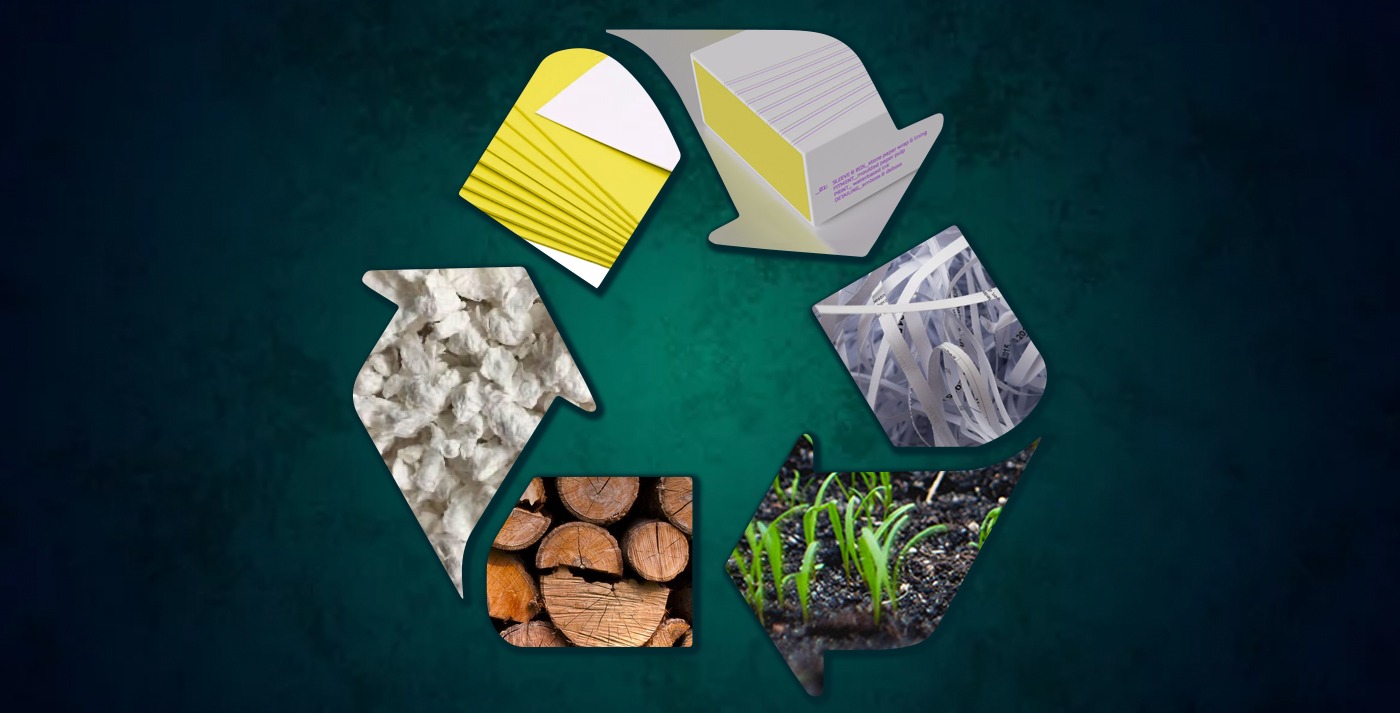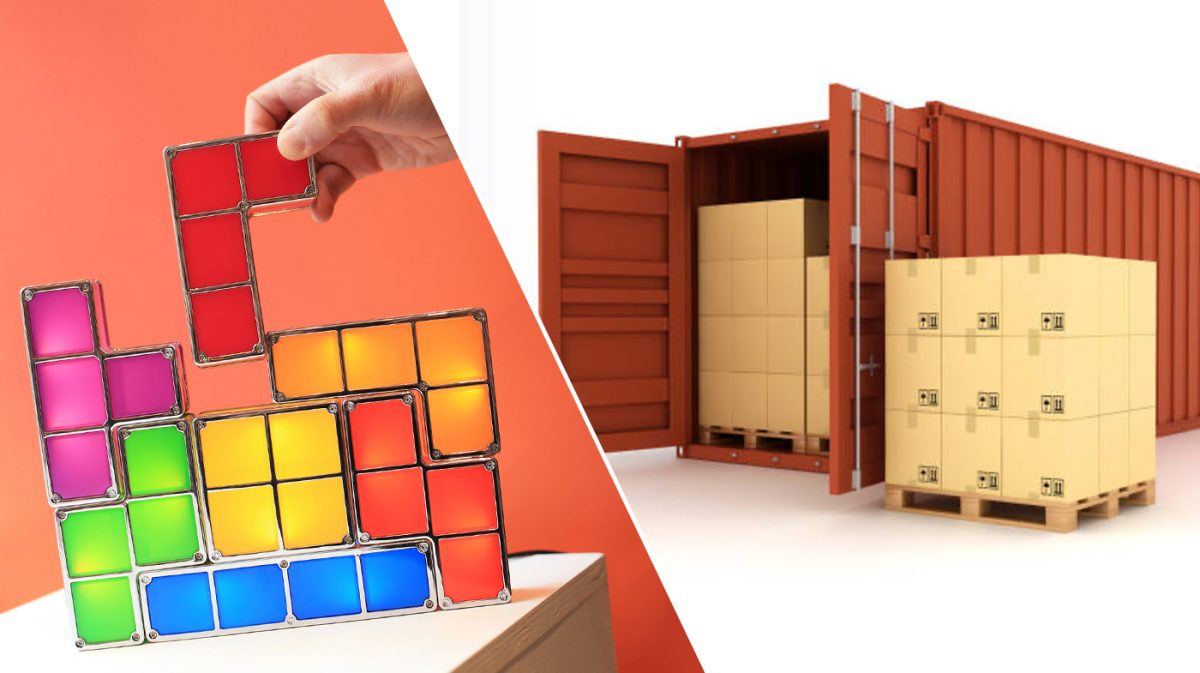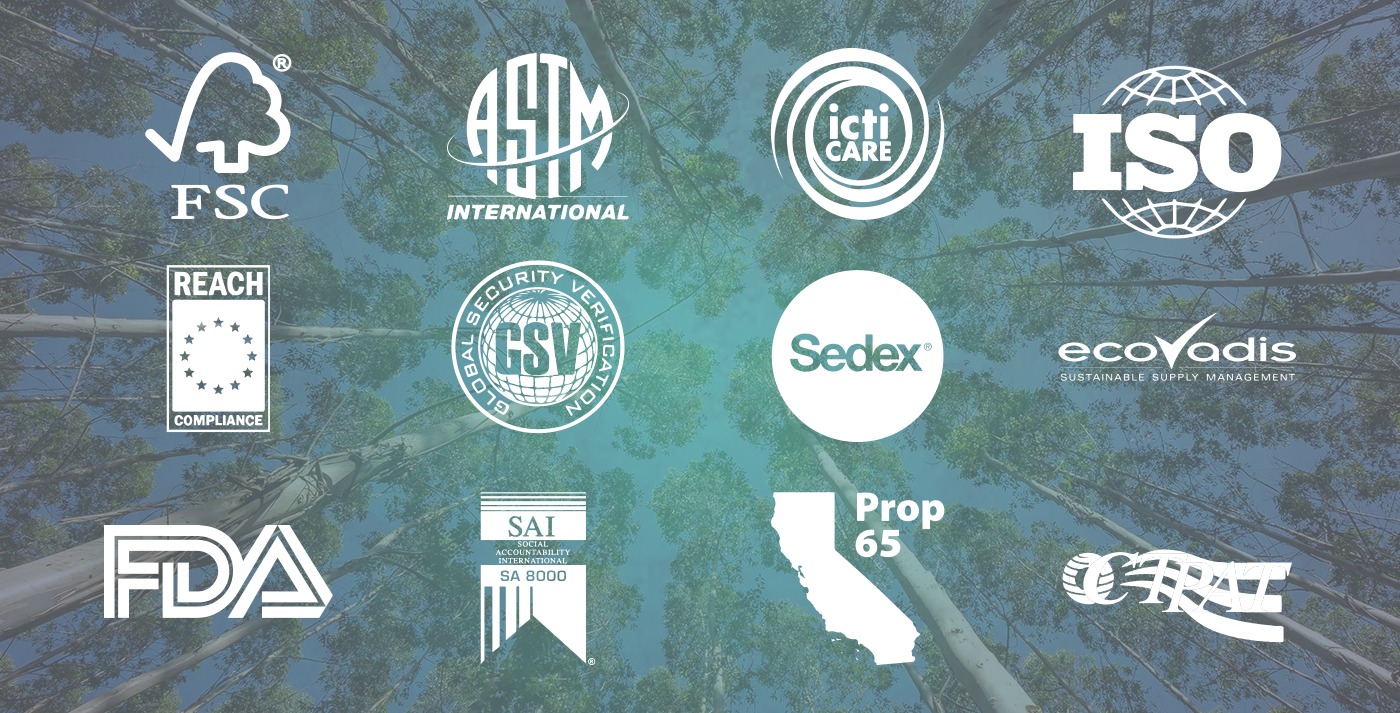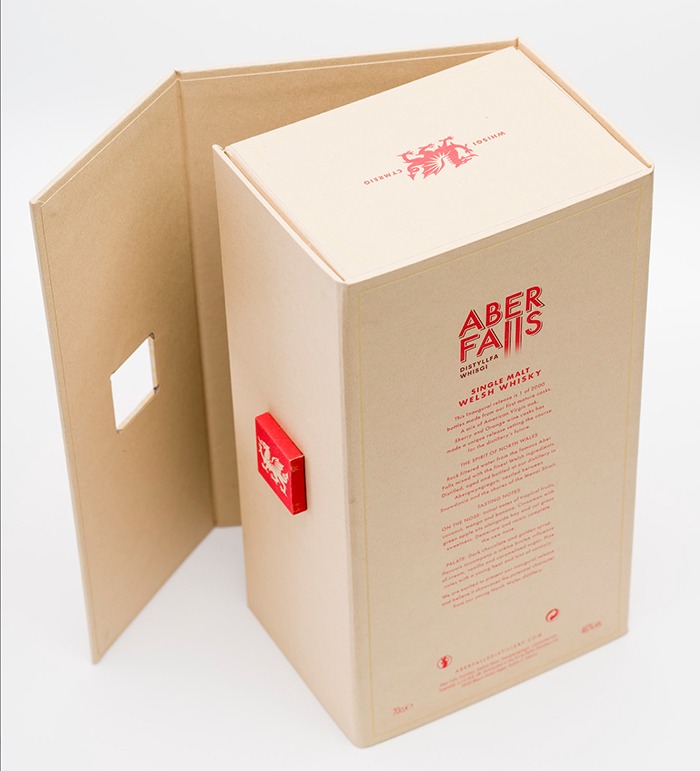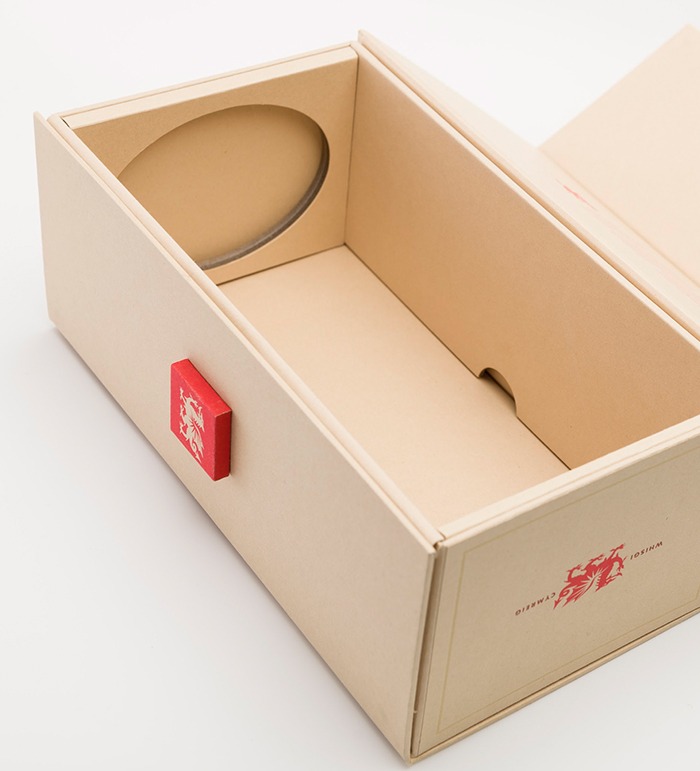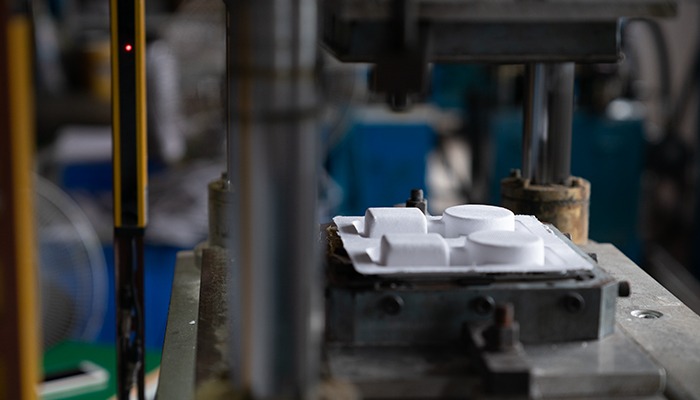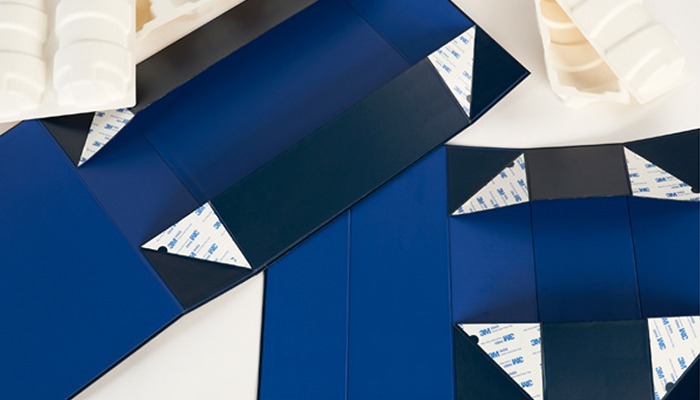
January 31, 2023
Guidelines for Sustainable Packaging Creation
Sustainability in packaging is now arguably the greatest factor shaping the global packaging industry, with the vast majority of consumers and brands, both large and small, increasingly concerned about the impact of packaging waste on our fragile environment.
A vast and complex subject, the topic of packaging sustainability is naturally difficult to address simply or succinctly. Below, however, we’ve outlined what we view as the most crucial factors when it comes to sustainable packaging creation in today’s fast-changing society:
1. Understand the entire lifecycle of the packaging solution:
Adopting a holistic approach to packaging sustainability is one of the most powerful tools in fostering a more sustainable packaging economy. This is critical because, effectively, every activity a packaging supplier (or their suppliers or manufacturers) performs bears a social, economic and environmental impact. Often these impacts cannot be determined until the complete lifecycle of a particular packaging solution is examined.
To be truly sustainable involves looking at the larger picture:
a) analysing manufacturing processes vs. materials,
b) designing the materials, fitments and finishes with a sustainable mindset, and
c) optimising supply chain logistics and reducing harmful carbon emissions.
Many companies are too intent on considering a part of the problem (materials) and not the whole (systems and processes). Ultimately, what happens at the end of the packaging’s life cycle is also so crucial to understand.
Brands themselves, therefore, need to understand, at a granular level, how their consumers buy and use the products in their given category and how these consumers dispose of the packaging. These insights can serve as a starting point for an analysis of which kinds of sustainable packaging will fit a given value chain – and the range of improvement levers available.
The supplier is then better able to work, in partnership with the client to look at appropriate factors such as material origins, material processing, material endpoints and disposal methods.
2. Set practical, achievable targets:
Newer, stricter sustainability regulations are emerging on multiple fronts with increasing frequency. However, regulatory focus and approaches vary considerably by region and diverge even further when viewed at the country or state level. It’s therefore vital for clients to have a packaging partner with the knowledge and experience to assist in wading through regulatory requirements.
However, despite the consumer-related and regulatory pressures on brands to perform on an eco-related front, rarely is a company able to fix everything in one go and still manage to launch new products on time. This reinforces the need for brands to maintain relationships with packaging suppliers able to effectively and pragmatically help move them through the eco-maze (over a few iterations or years), without compromising brand values or quality aspects.
In collaboration with clients, packaging suppliers can address aspects such as reducing weight, increasing the percentage of packaging that is recyclable/compostable or providing the best options for transport: using modes offering the lowest carbon footprint, re-palletising at the destination, and using reusable shippers.
3. Try (where possible) to adopt a ‘lifetime’ or staged approach:
The goal of achieving minimal environmental impact and footprint is an exciting, ongoing process. It is also constantly shifting as brands and suppliers work together to reinvent and simplify sustainable packaging approaches by combining material testing and trialling machine learning, adopting new materials and forging solid client-supplier and supplier-manufacturer relationships.
Together they should ensure they’re addressing packaging sustainability efforts in a staged, responsible manner to be able to properly track and measure the process improvements within the supply chain.
These can include:
- Reduced use of water and release of carbon within manufacture
- Reduction of carbon footprint in shipping and transport
- Fully-compostable, recycled or recyclable protective transit packing and shipping materials
- Partnering with factories that are audited for CSR compliance
- Have ISO-certification (or similar) and associated accreditation to meet clients’ and the packaging suppliers’ own, exacting standards.
- Using only wood and paper that are FSC-sourced, wherever possible
4. Engage with your supply chain to measure and influence changes to the packaging portfolio:
All the big environmental standards/accreditation organisations champion measurement. From the measurement you track improvement. You can only manage what you can measure. Well-defined metrics can reinforce a brand vision and guide an organisation by bringing clarity to current sustainability practices, defining what success looks like, and increasing overall accountability by creating focus and alignment on the goal.
Brands and packaging suppliers should look to fully ‘partner’ and collaborate with one another (as well as outside manufacturers and suppliers) to ensure they are goal-aligned and can measure the impact of any implemented change.
Often, the bigger the company and more diverse their packaging requirements, the more helpful (and involved) packaging suppliers can become. We can then help to prioritise what to work on next (e.g. making a package 10% more sustainable where 1 million units are required, might be better than making a package 90% more sustainable but only 100 units are required) and measure the efficacy of new processes.
5. Keep up-to-date with emerging technologies:
As packaging specialists, we’re constantly working to reinvent and simplify sustainable material options and optimised processes for our clients.
Findings on current innovation trends in sustainable packaging indicate promising progress and novel techniques that could have a significant impact on offering sustainable packaging solutions. These include reusable materials, plant-based materials, bio-derived and bioplastic materials and dissolvable (and water-soluble) packaging, amongst numerous others.
At IPL Packaging we constantly review processes and components within our supply chain to find improvements that will deliver sustainable benefits. We look to use science-based approaches that combine lab testing, machine learning, materials science and manufacturing partnerships that can effectively scale change and reduce and eliminate unnecessary components.
In several instances, we also find simple things like improving pallet efficiency and the pack-to-product ratio can help the CO₂ footprint by optimising containerisation and drive transportation savings.
6. Prioritise functionality:
The simple fact is that in some cases, the packaging may only impact a small portion of the overall sustainability footprint of a product.
Certain sustainable packaging materials may also not meet practical, functional or performance-based requirements. Other more eco-friendly packaging materials or fitments are simply not as feasible economically and can therefore potentially jeopardise the positioning of the brand due to increased cost. Sometimes too, there is simply not, at this point in time, a viable alternative for certain materials or types of packaging.
Conclusion
In the aftermath of the pandemic and the recent global shipping crises (along with increasingly competitive and turbulent global markets) brands and the supply chains they belong to, must together promote a range of actions to increase efficiency and sustainability, particularly within the scope of logistics and transport.
As a global packaging company, our ability to best accomplish more sustainable outcomes rest on influencing the composition, manufacture, and transit of products that we deliver to our clients. Whilst substrate choices and the pack design itself are key elements in actively helping sustainability efforts, we also need to consider contributing to improved sustainability of logistics processes and activities.
At IPL we believe that big-picture thinking creates a big impact. Our highly skilled teams – specifically designers, engineers, and new product development specialists – are relentlessly dedicated to researching, sourcing and developing sustainable materials and processes, and then integrating these into products whilst ensuring technical, commercial and transport feasibility.
As with everything, we take our commitment to sustainable packaging personally. This is rooted in a genuine desire to help brands and companies make tangible changes, and as a result, play our part in protecting our world.
For more information on packaging solutions or to gain insight into our latest packaging trends, follow us on LinkedIn, or join our community of packaging enthusiasts by signing up to our monthly newsletter below. Keep an eye on our news section for insightful articles and innovative ideas around packaging materials, product development and design.
More articles

January 18, 2021
What makes a good unboxing experience?

November 10, 2020
IPL Packaging – Finalists In Luxury Packaging Awards 2020

October 28, 2020
Things to watch out for when embossing or debossing

February 25, 2022
The Whole Truth – A Holistic view of Sustainable Packaging

February 19, 2021
Complementing a brand’s story through packaging

November 17, 2020
Packaging and the New Luxury Perception

October 22, 2020
Beginner’s guide to materials and processes

June 17, 2021
